How Do Amino Acids in the Ribosome “Know” the Order They Should Go In?
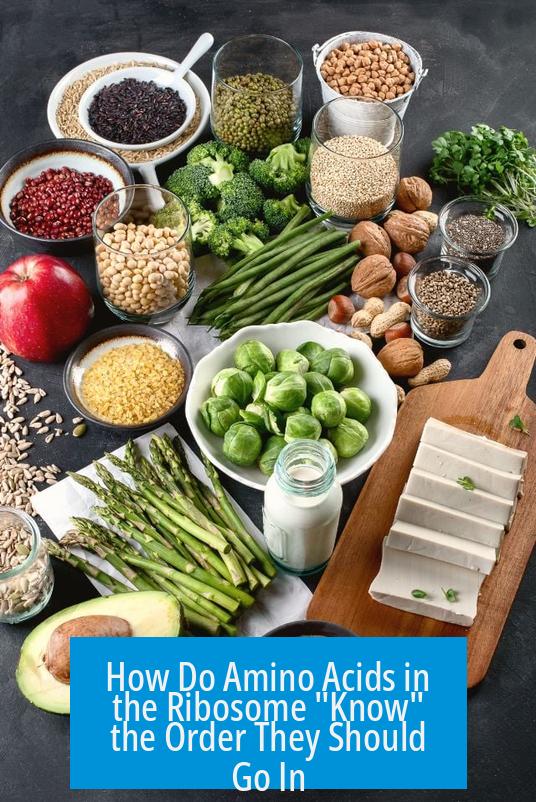
Amino acids do not “know” their order by themselves; instead, the order is dictated by the sequence of nucleotides in the messenger RNA (mRNA), which is transcribed from the DNA template. The ribosome reads the mRNA codons in sequence and assembles amino acids accordingly by matching them with transfer RNA (tRNA) molecules that carry specific amino acids to build a polypeptide chain.
DNA Determines the Original Sequence
The process all begins in the nucleus, where DNA holds the genetic code. This code defines the exact order in which amino acids should be linked later during protein synthesis. Each segment of DNA corresponding to a protein is transcribed into mRNA, which exits the nucleus to the cytoplasm.
mRNA as a Template
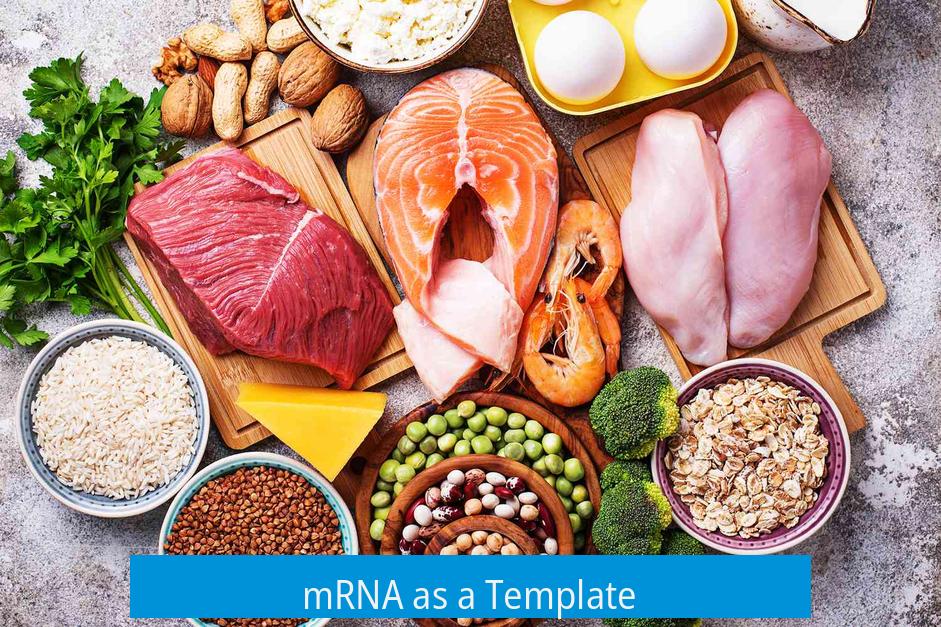
The mRNA strand carries sequences called codons—sets of three nucleotide bases. Each codon corresponds to a specific amino acid. The ribosome binds to the mRNA and reads these codons sequentially in the 5’ to 3’ direction, directing the order of amino acid addition.
tRNA and Anticodon Matching
Transfer RNA (tRNA) molecules bring amino acids to the ribosome. Each tRNA has an anticodon, a set of three bases complementary to the mRNA codon. This ensures that the correct amino acid is inserted in the growing polypeptide chain. The fidelity of this codon-anticodon pairing underpins the accuracy of protein synthesis.
Ribosome and Peptide Bond Formation
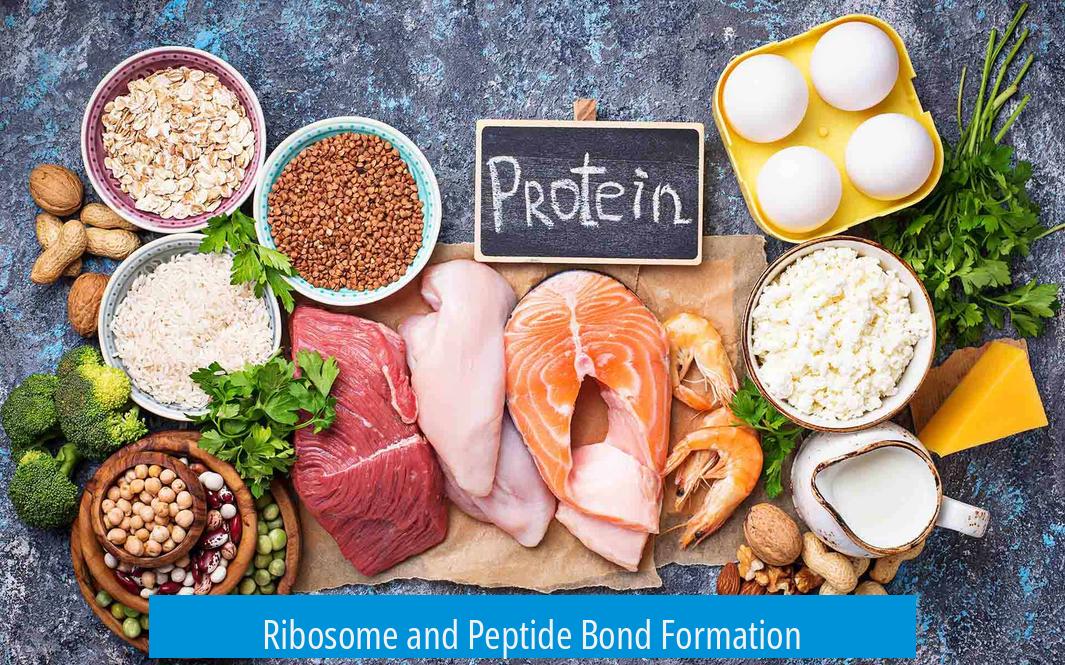
The ribosome catalyzes the formation of peptide bonds between amino acids as it processes each codon on the mRNA. This enzymatic activity links amino acids into a chain in the exact order encoded by the mRNA. The process repeats codon by codon until a stop signal ends synthesis.
Viral Modulation of Amino Acid Assembly
Some viruses exploit a sequence called ribosomal 2A. This element interferes with normal peptide bond formation, effectively preventing linkage between adjacent amino acids at specific points. This manipulation allows viruses to produce proteins in unusual ways, indicating additional layers of regulation beyond standard translation.
Key Takeaways
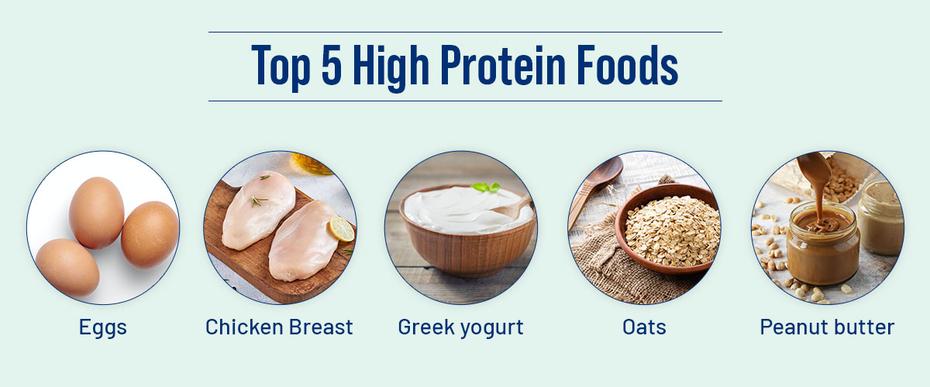
- DNA provides the original sequence template inside the nucleus.
- mRNA carries codons that direct the sequence order of amino acids.
- tRNA anticodons match codons, bringing specific amino acids to the ribosome.
- The ribosome catalyzes peptide bonds, linking amino acids sequentially based on mRNA instructions.
- Some viral sequences can disrupt normal amino acid linkage, altering protein synthesis.
How Do Amino Acids in the Ribosome “Know” the Order They Should Go In?
In a nutshell, amino acids don’t randomly line up on the ribosome waiting for their turn. Instead, the sequence they form is carefully dictated by a molecular script written in the DNA and faithfully transcribed and translated through mRNA and tRNA. This precise choreography happens inside the ribosome, a tiny but mighty protein factory.
Now that we’ve cracked the core answer, let’s dive deep into this fascinating molecular dance. How do amino acids “know” where to go, and how exactly does the ribosome orchestrate this ordered assembly? Grab your lab coat because we’re going on a microscopic tour inside the cell.
The DNA Blueprint: The Master Script
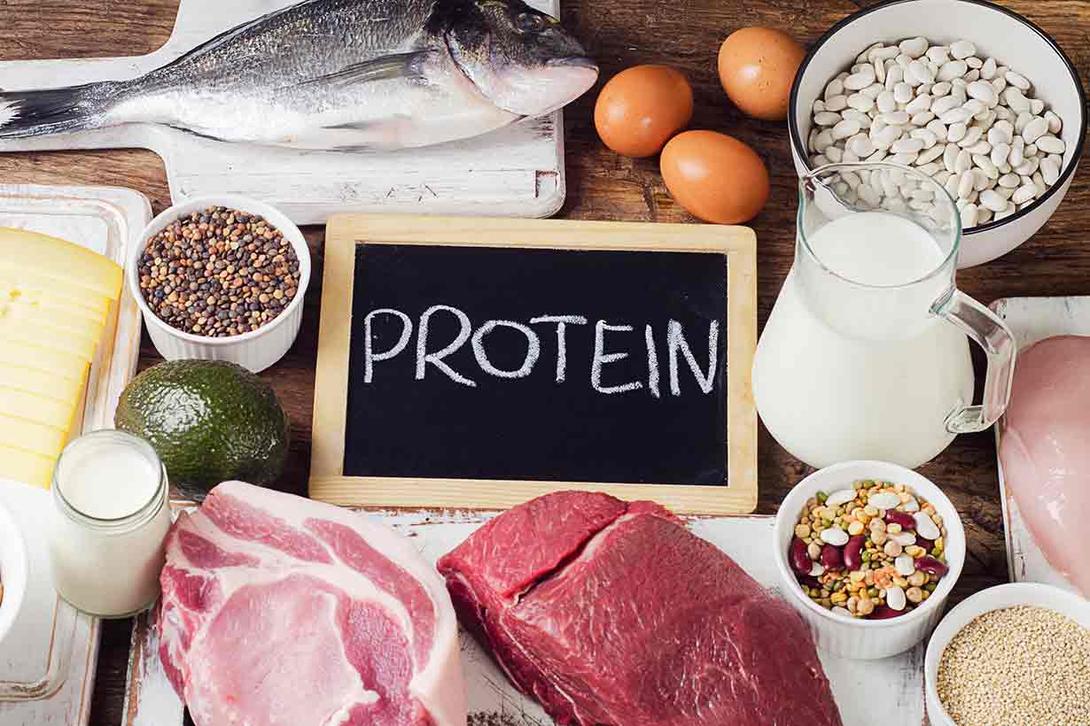
The whole story starts in the cell nucleus, where DNA plays the role of the master blueprint. This blueprint contains genes—segments of DNA that specify the exact order of amino acids in every protein your body makes. Think of DNA as an instruction manual written in a four-letter code: A, T, C, and G.
When the cell’s machinery needs to make a protein, it copies the relevant portion of this DNA script into messenger RNA (mRNA) in a process called transcription. This mRNA is essentially a photocopy of the DNA instructions but with one difference—it’s made of RNA and uses uracil (U) instead of thymine (T).
So far, the amino acids have no direct contact with the DNA. But they trust the mRNA to bring them the right instructions, and that’s where the order starts getting enforced.
mRNA: The Molecular Tape Player
The mRNA exits the nucleus and docks with a ribosome floating in the cell’s cytoplasm. Now the ribosome reads through mRNA like a tape player scanning through a carefully encoded message. This mRNA sequence is read in triplets called codons. Each codon is a set of three nucleotides that specifies one amino acid.
Here’s a fun fact: since there are 64 possible codons but only 20 amino acids, some amino acids have multiple codons signaling them. Think of it like a language with synonyms, ensuring no confusion happens due to minor transcription errors.
So, mRNA acts like a molecular script demanding, “Next amino acid, come on stage!” but how do the amino acids actually get the memo?
tRNA: The Delivery Guys With the Correct Amino Acid
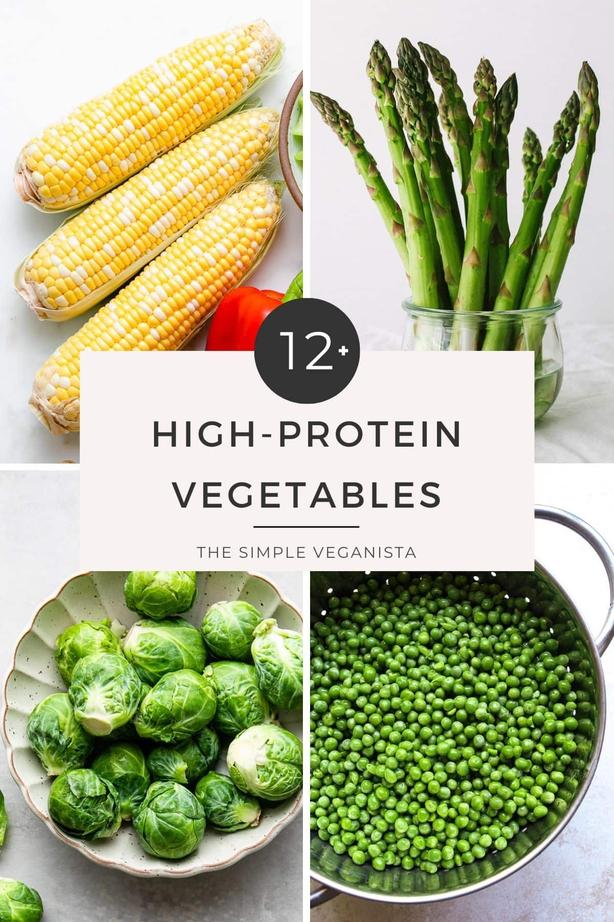
This is where transfer RNA or tRNA steps in. Each tRNA is a kind of molecular taxi, picking up one specific amino acid and carrying it to the ribosome. They’re shaped kind of like a cloverleaf and have a special three-base region called an anticodon.
The anticodon is the counterpart to the mRNA codon—if the mRNA says “AUG,” the tRNA with anticodon “UAC” binds perfectly. This guarantees that the amino acid tethered to that tRNA matches the mRNA’s instruction.
Imagine individual delivery people who know exactly which package (amino acid) to deliver and when based on matching address labels (codons and anticodons). This molecular recognition is the key to order.
The Ribosome: The Assembly Line and Quality Control
Once the tRNA docks with the ribosome and pairs its anticodon to the mRNA codon, the real magic begins. The ribosome catalyzes the formation of a peptide bond between the incoming amino acid and the growing polypeptide chain. This process is repeated as the ribosome moves down the mRNA sequence codon by codon.
The ribosome acts as a conveyor belt and an artisan, ensuring each amino acid is linked only when the correct match is found. This molecular precision effectively “forces” amino acids to line up in the order dictated by the mRNA—and ultimately the DNA.
So the ribosome doesn’t “know” the order in a conscious sense but enforces the correct sequence by reading the mRNA and linking the amino acids accordingly.
A Viral Twist: When Nature Plays Tricks with Ribosomal 2A Sequences
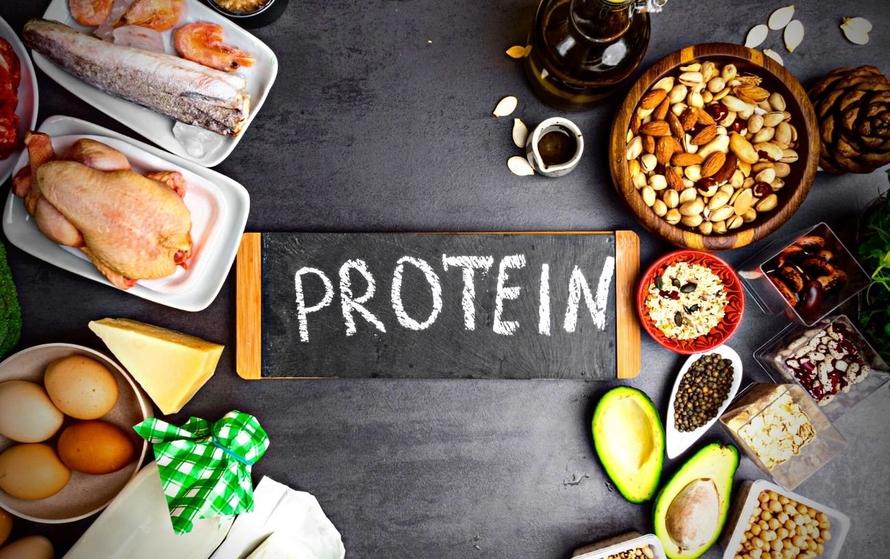
Here’s a curveball that might blow your mind a little. Viruses, ever the crafty molecular hackers, sometimes use specialized sequences called ribosomal 2A sequences to interrupt normal amino acid bonding.
These sequences cause the ribosome to skip forming a peptide bond between adjacent amino acids. It’s like a built-in “skip link” on the assembly line, making the ribosome produce separate proteins from a single mRNA without physically separating their coding sequences.
This viral trick illustrates a sophisticated layer of control beyond the standard genetic code—something scientists are still decoding and learning from.
So What’s the Takeaway for Anyone Curious About Protein Synthesis?
- DNA dictates the original sequence, serving as the indispensable script. Think of it as the ultimate recipe book.
- mRNA acts as the messenger, bringing the nucleotide codons out of the nucleus into the cytoplasm and to the ribosome.
- tRNA molecules read the mRNA codons via their anticodons and deliver the correct amino acid to the ribosome.
- The ribosome connects these amino acids in the exact order by catalyzing peptide bonds, crafting a precise protein.
In essence, the molecular “memory” of order isn’t in the amino acids themselves but encoded in nucleic acid language and enforced by cellular machinery.
Practical Implications: Why Should We Care?
This cellular choreography is why genetic mutations can sometimes have profound effects. Change a single “letter” in DNA, and suddenly, the whole amino acid order might shift, leading to malfunctioning proteins. This underpins many genetic diseases and guides modern gene-editing therapies.
And for biotechnologists, understanding these details means we can manipulate protein production for new medicines, biofuels, and synthetic biology wonder-products.
So next time you think your body’s proteins are just a jumble of molecules, remember the ribosome’s concerted, highly organized assembly line making sure every amino acid is in its rightful place. It’s molecular precision at its finest!
How does DNA influence the order of amino acids in protein synthesis?
DNA contains the original sequence that dictates the order. It provides the template that is copied into mRNA, which then directs amino acid arrangement during protein synthesis.
What role does mRNA play in determining amino acid order?
mRNA carries codons, each made of three nucleotides. These codons specify which amino acid comes next. The ribosome reads these codons to guide protein assembly.
How do tRNA molecules know which amino acid to bring to the ribosome?
Each tRNA has a specific anticodon that pairs with the mRNA codon. This matching ensures that the correct amino acid is delivered according to the mRNA sequence.
What is the ribosome’s role in linking amino acids together?
The ribosome reads mRNA codons and helps form peptide bonds between amino acids. It ensures amino acids are joined in the precise order dictated by the mRNA.
Can viruses alter the normal process of amino acid bonding?
Yes, some viruses use ribosomal 2A sequences to prevent amino acids from bonding normally. This affects protein formation and shows regulation can go beyond typical mechanisms.


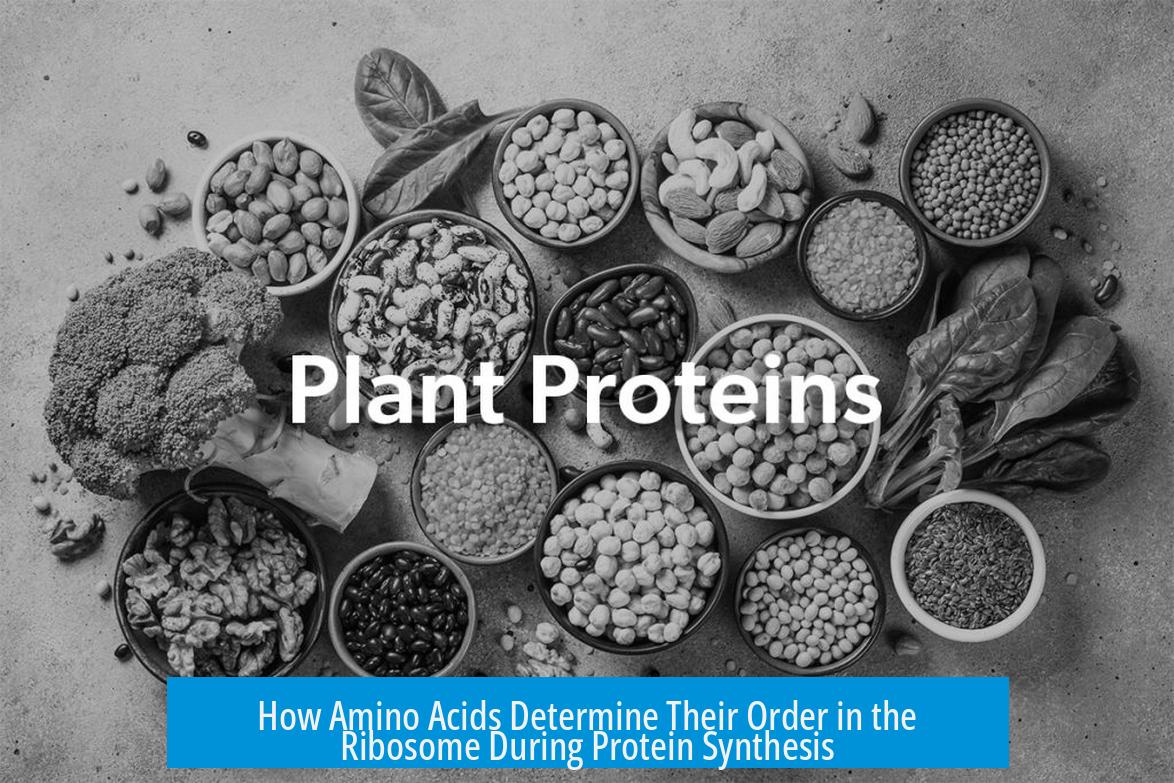

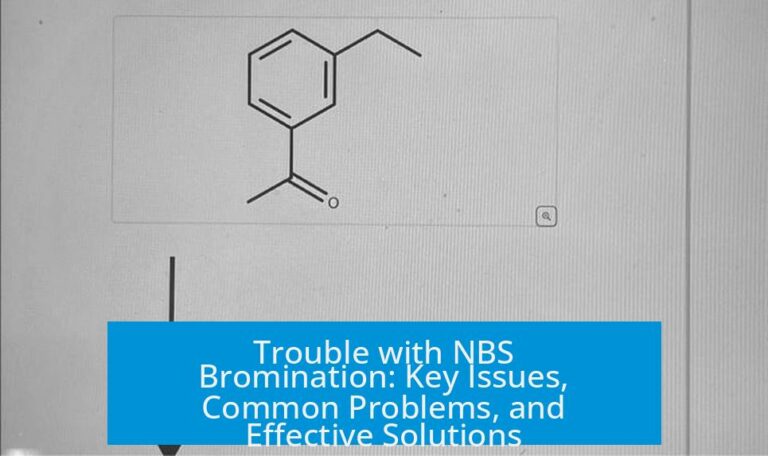
Leave a Comment